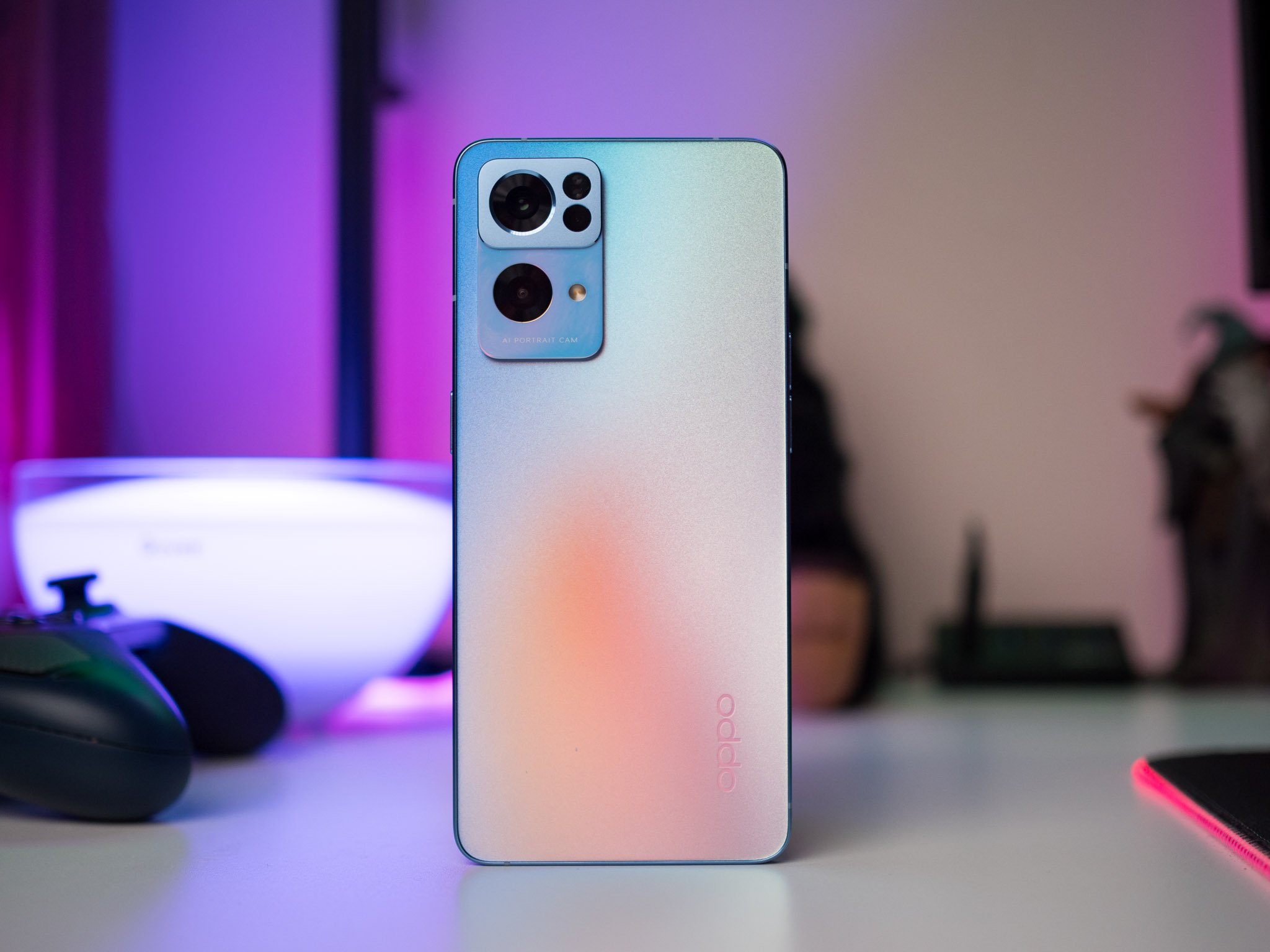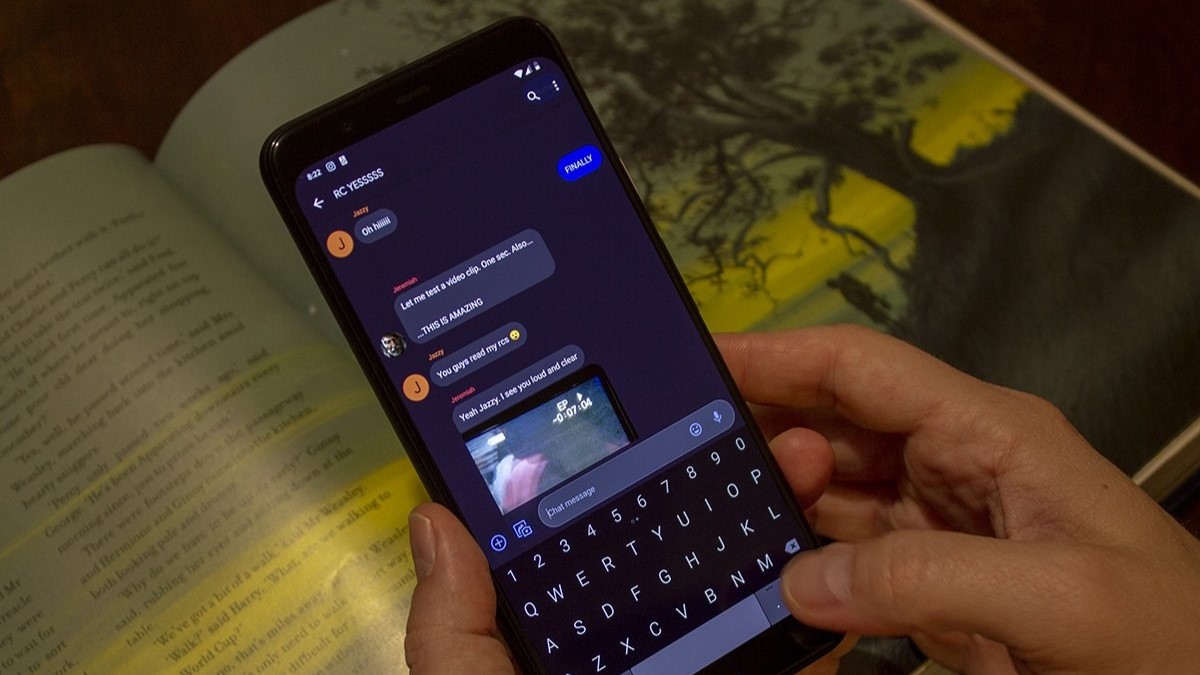Android Central Verdict
Bottom line: The Reno 7 Pro gets a lot right: the selfie camera is among the best you'll find on any phone today, you get 256GB of storage as default, and the internal hardware is decent. The primary camera also holds its own against its immediate rivals, but the phone is still on Android 11 and misses out on table-stakes features like water resistance and wireless charging. For what you're paying, there are better options available.
Pros
- +
Decent hardware
- +
Good 90Hz AMOLED screen
- +
Cameras take great photos
- +
Stereo sound
Cons
- -
Still on Android 11
- -
Camera housing looks tacky
- -
No OIS for the main camera
- -
No IP protection
- -
No wireless charging
Why you can trust Android Central
The Reno series is increasingly important for OPPO's global ambitions as it tries to challenge Samsung and Xiaomi in the value flagship category. It feels like just a few months ago that I looked at the Reno 6 Pro, but with a new model launching like clockwork every six months, this category in particular shows no signs of slowing down.
With the phone launching so close to the Reno 6 series, not much has changed on the internal hardware front. OPPO has instead focused on the design and cameras and made a few tweaks in key areas: the Reno 7 Pro finally gets stereo sound, and there's a single model with 8GB of RAM and 256GB of storage. That said, the same bugbears from years past are still present. Case in point, the Reno 7 Pro is debuting in February 2022 with Android 11 under the hood instead of Android 12.
With Samsung's Galaxy S21 FE now available, Xiaomi's 11T Pro offering great hardware along with 120W fast charging, and the OnePlus 9RT nailing the basics and delivering bloat-free software, the Reno 7 Pro has its work cut out in this segment. And while the design is interesting and there are a few new camera features, I can't help but feel that OPPO didn't do enough here.
About this review
I'm writing this review after using the Reno 7 Pro for over a week in Hyderabad, India. The unit did not get any updates during my testing and was running ColorOS 12 (A.08 build) with Android 11 out of the box.
OPPO Reno 7 Pro Price and availability
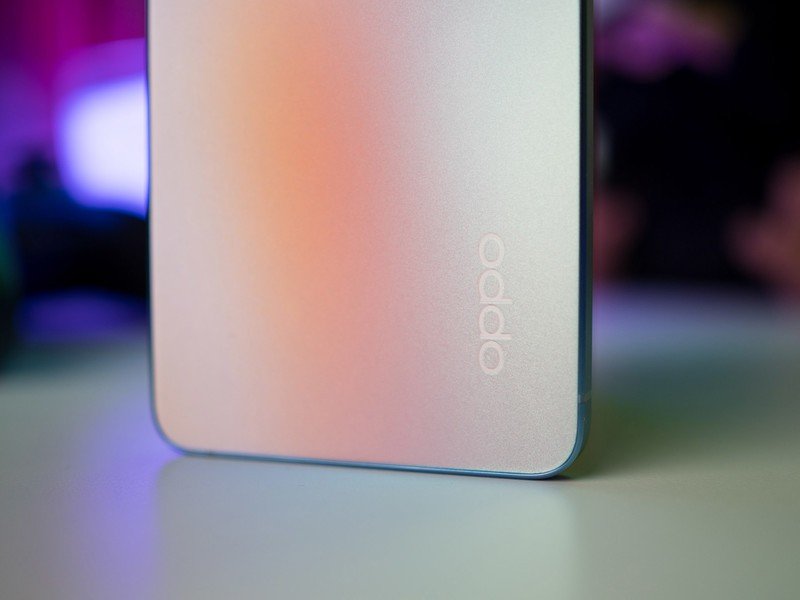
The Reno 7 Pro was introduced in China back in December 2021, and the device debuted in global markets on February 4, 2022. India is the first country outside China to get the Reno 7 Pro, and the device will make its way to other markets in the coming weeks.
In India, the Reno 7 Pro is sold in Starlight Black and Startrails Blue color variants, and there's a single model with 12GB of RAM and 256GB of storage that is available for ₹39,999 ($535).
OPPO Reno 7 Pro Design and display
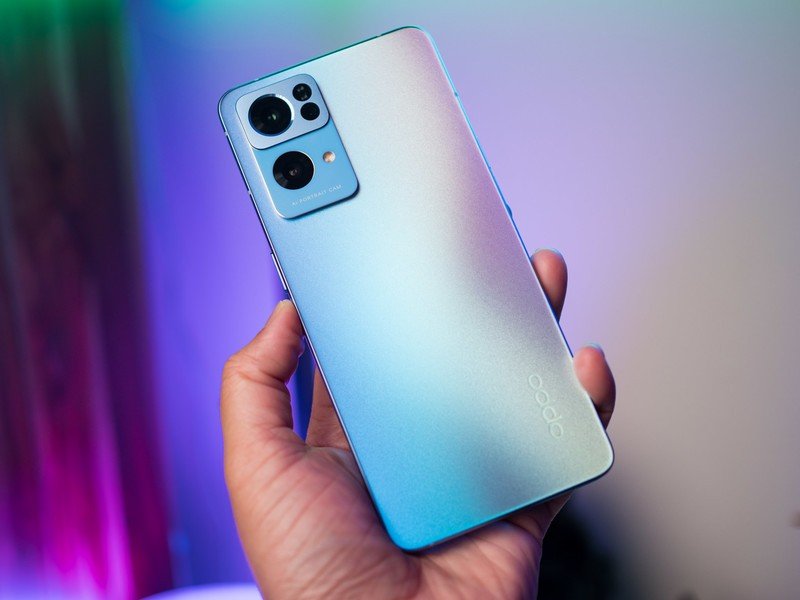
OPPO is known for trying out new designs with the Reno series, and as a result, the Reno 7 Pro looks markedly different from its predecessor. For one thing, the chassis now has a rectangular frame with flat edges, and coming in at 7.5mm, this is the thinnest phone yet in the Reno series.
The Reno 7 Pro has a unique design, but the camera housing doesn't look elegant.
The back has a shimmering effect — there are over a million micro-etchings that make up the pattern — and the iridescent design looks striking, with OPPO noting that it tried to evoke the sense of shooting stars with this aesthetic.
The camera housing is also distinctive, featuring two islands — the first holding the primary lens and 2MP macro, and the other accommodating the wide-angle lens and LED flash module. The defining feature is the Orbit Breathing Light, a 1mm accent light that encircles the camera housing and lights up when the phone is charging or when you receive a notification or a call.
Of course, you'll need to put the Reno 7 Pro face-down on a surface to make use of the effect. Then there's the issue of the camera housing itself; I find it to be very tacky, and it detracts from what is an otherwise good-looking phone. Because of the focus on a svelte profile, the camera housing juts out considerably from the chassis, and you get a lot of wobble when using the Reno 7 Pro flat on a surface — you'll need to find a case that negates that wobble if you want to use the phone without wanting to throw it out the window.
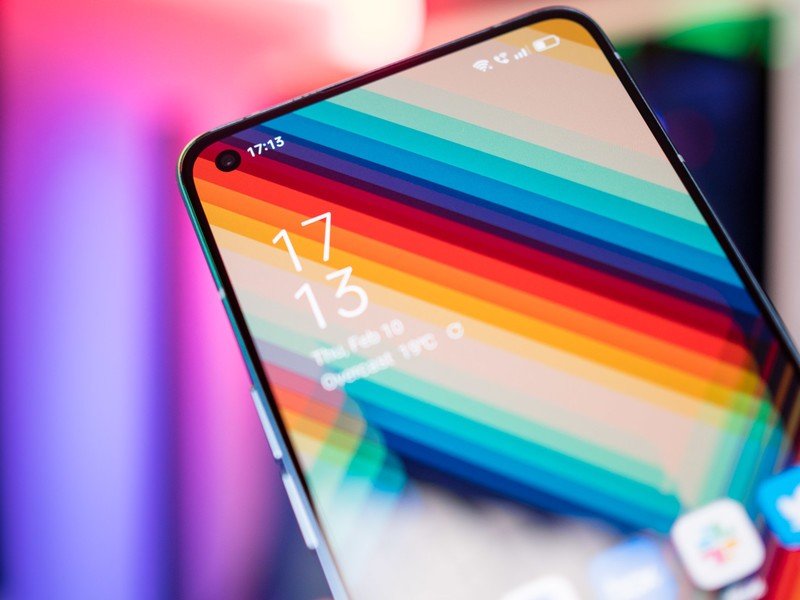

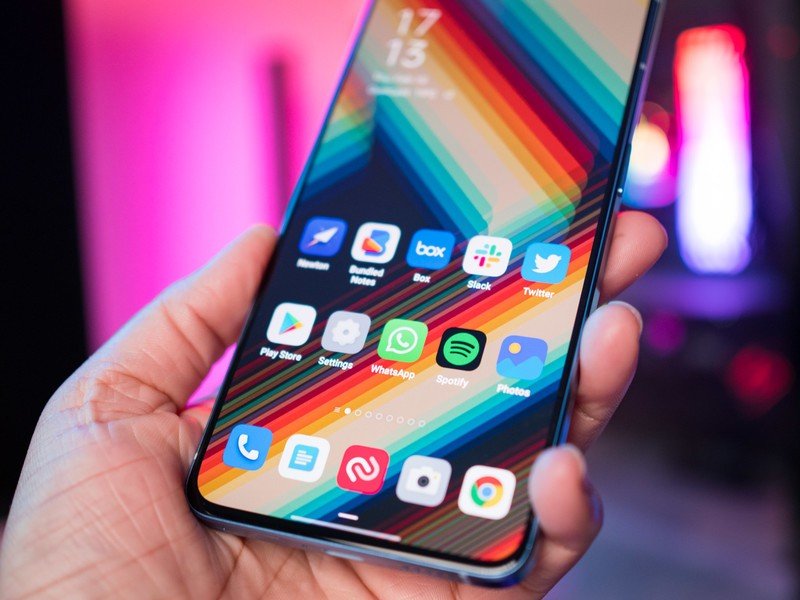
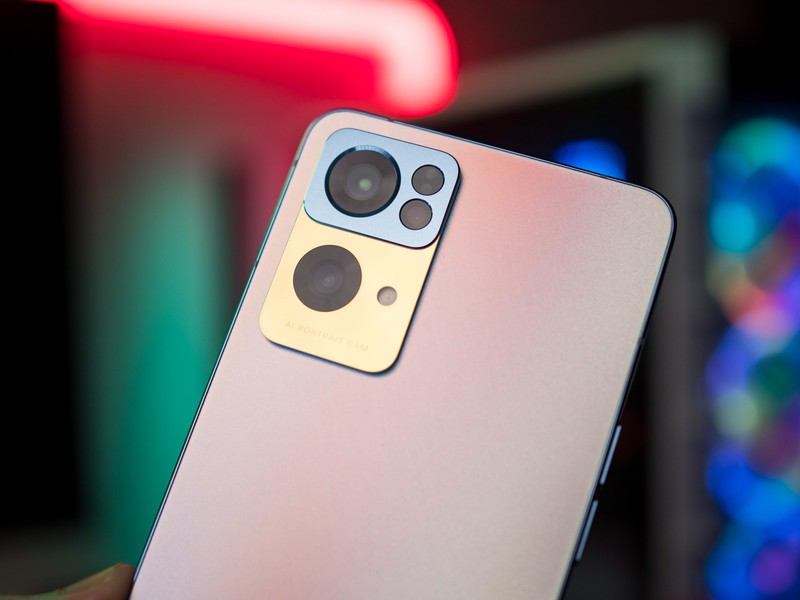
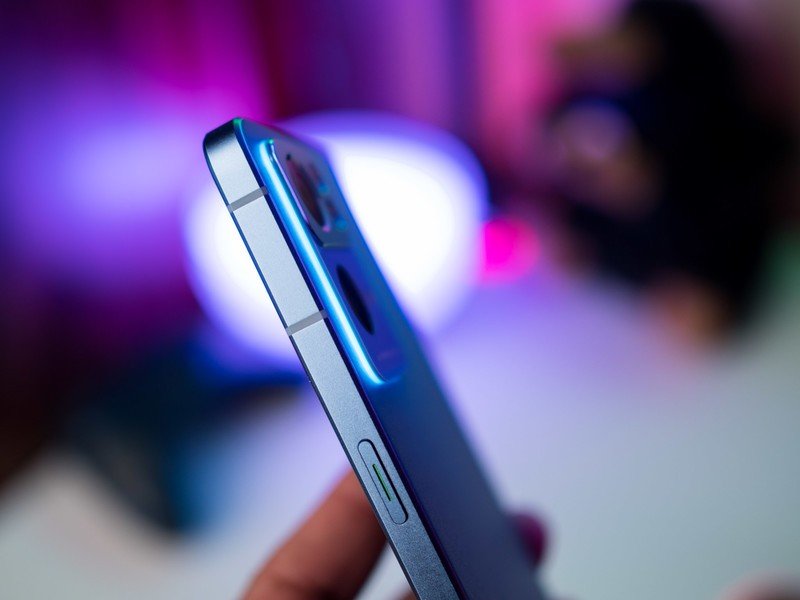
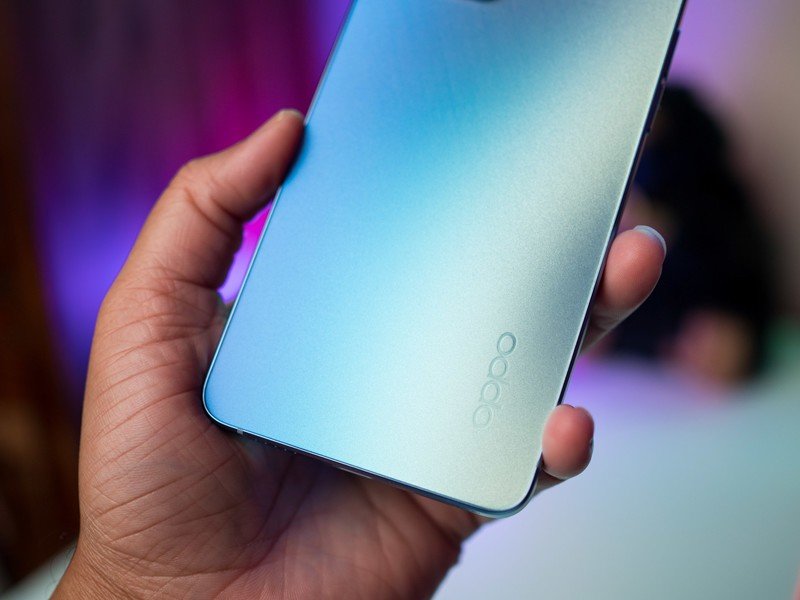
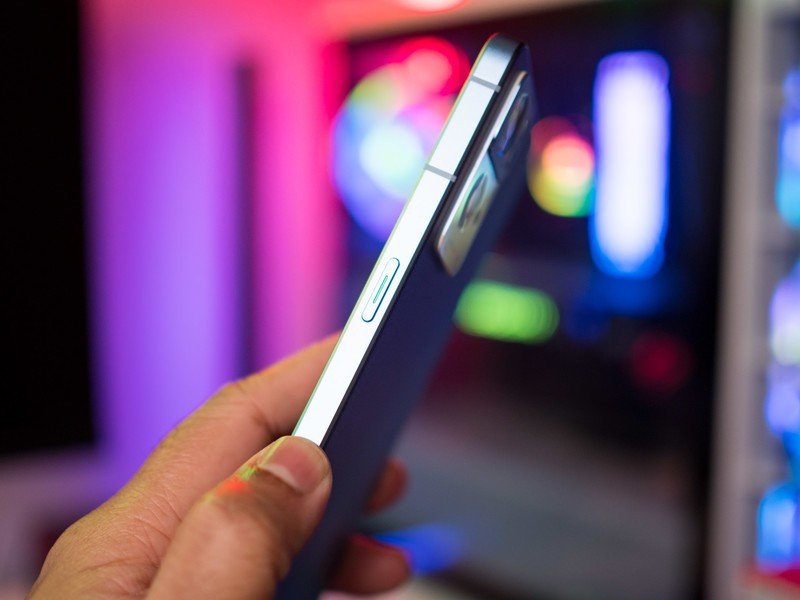
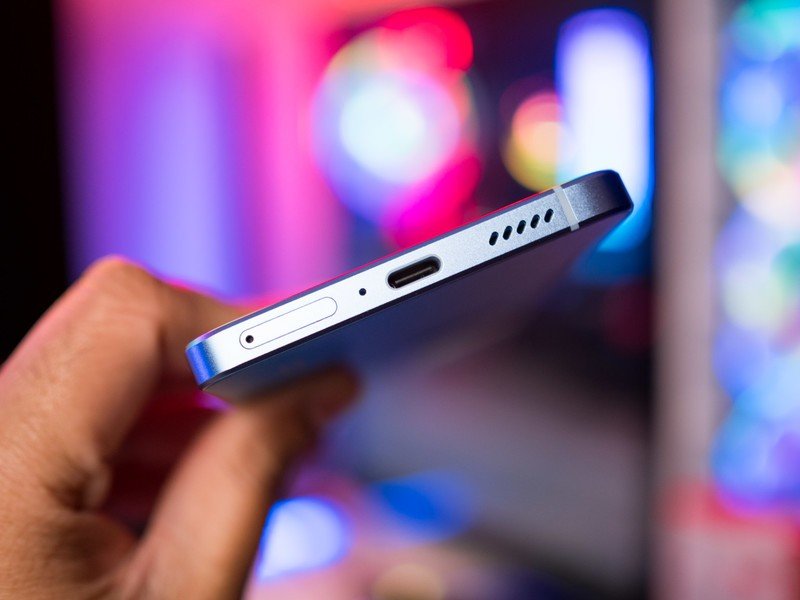
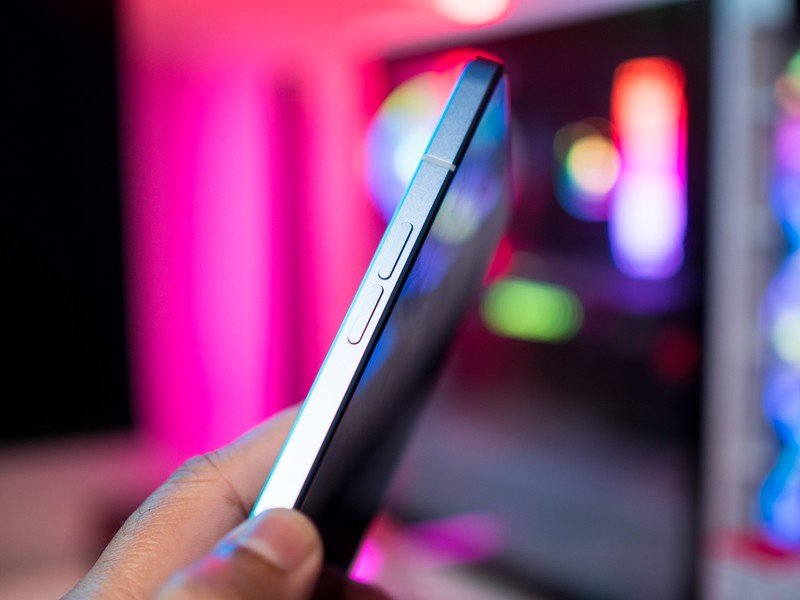
OPPO's obsession with making a thin device means the Reno 7 Pro isn't particularly great to hold or use either. The flat edges prevent the phone from nestling in your hand, and the weight balance feels off because of the massive camera housing at the back. Would OPPO have offered a phone with flat sides had Apple not done so first? I think not.
The phone isn't heavy at 180g considering it has a metal mid-frame and a glass back (protected by Panda glass), but in the week I used the it, I didn't feel comfortable with the in-hand feel — the Galaxy S21 FE does a much better job in this area. Overall, I don't like the design of the Reno 7 Pro; the finish at the back is nice, but it is marred by that ungainly camera housing, and as much as I like LED lighting on phones, I don't see the point of the accent light around the camera island.
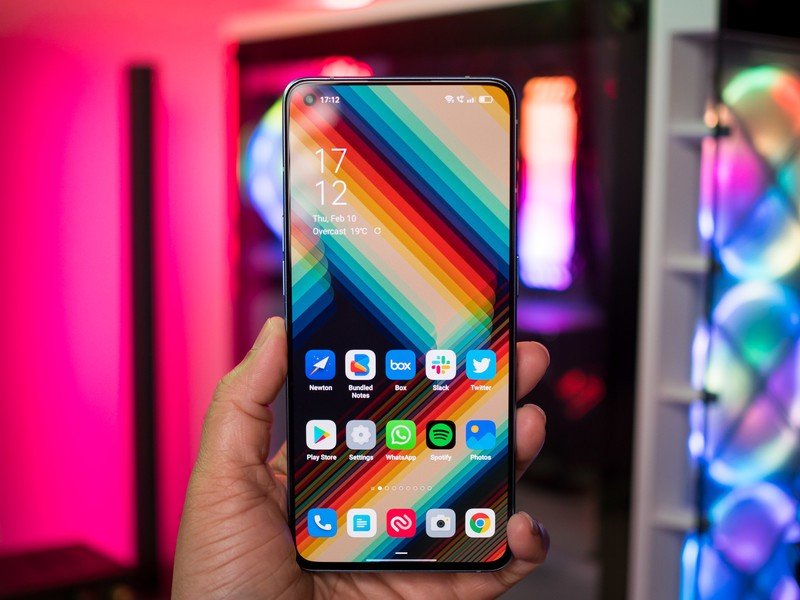
There isn't much new when it comes to the Reno 7 Pro's screen. You get a 6.5-inch AMOLED option that goes up to 90Hz, and it has HDR10+; and yes, you'll be able to stream HDR videos in Netflix as well as Prime Video.
The FHD+ (2400x1080) resolution is unchanged as well, and I didn't see any issues with the panel itself; it has vibrant colors and does a good job under harsh sunlight. The screen is protected by a layer of Gorilla Glass 5, and the ultra-thin bezels around the sides ensure you get the best screen real estate.
One addition I like this year is stereo sound, a feature that was sorely missing in the Reno 6 Pro. There's a tiny grille above the screen that acts as a secondary speaker, and while the sound isn't anywhere as detailed as the likes of the Xiaomi 11T Pro that has identical stereo channels, it is much better than the Reno 6 Pro.
OPPO Reno 7 Pro Performance
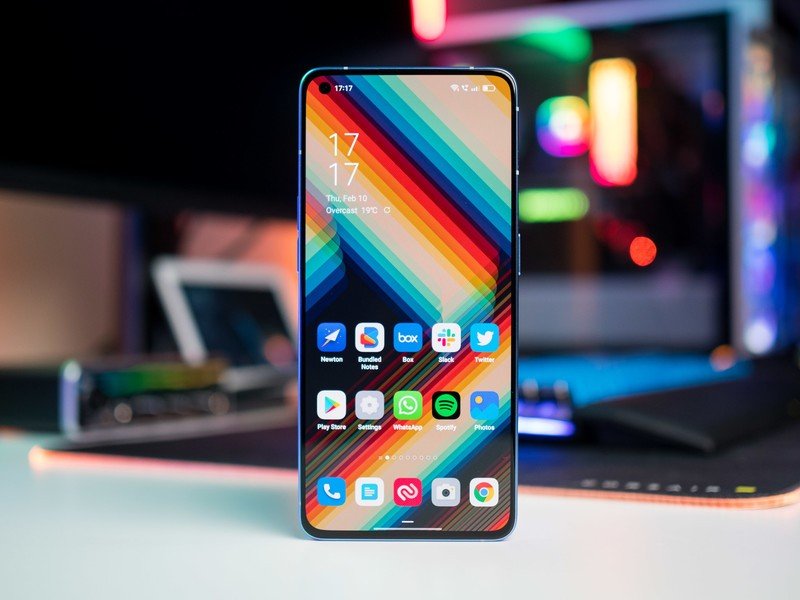
It's a similar story when we get to the hardware. The Reno 7 Pro uses the exact same design as its predecessor, but this time it gets a Dimensity 1200 Max designation because of two feature additions: AI Deblur for tweaking the picture quality for selfies and AI-PQ that adds HDR effects to regular videos.
| Specs | OPPO Reno 7 Pro |
|---|---|
| Software | ColorOS 12, Android 11 |
| Display | 6.55-inch 90Hz AMOLED |
| Chipset | 3.0GHz Dimensity 1200 Max |
| RAM | 12GB |
| Storage | 256GB |
| Rear Camera 1 | 50MP ƒ/1.8 (primary) |
| Rear Camera 2 | 8MP ƒ/2.2 (wide-angle) |
| Rear Camera 3 | 2MP ƒ/2.4 (macro) |
| Front Camera | 32MP |
| Connectivity | Wi-Fi 6, BT 5.2, NFC |
| Battery | 4500mAh, 65W |
| Security | In-screen fingerprint |
| Colors | Black, Blue |
| Dimensions | 158.2 x 73.2 x 7.5mm |
| Weight | 180g |
This isn't the first time one of the BBK entities customized the Dimensity 1200; the OnePlus Nord 2 used similar AI-assisted features to differentiate itself, and that launched eight months ago. From a daily usage point of view, there isn't anything with the Dimensity 1200 that you haven't seen on other devices: you get a Cortex A78 core that goes up to 3.0GHz, three A78 cores at 2.60GHz, and four A55 cores at 2.0GHz.
There's also an Arm Mali-G77 with nine cores, and in the week that I used the phone, I didn't see any slowdowns whatsoever. I like the Dimensity 1200 in this category because it delivers the ideal mix of performance and value, and it is a known quantity by now. However, the fact that there's 12GB of RAM and 256GB of storage as standard gives the Reno 7 Pro a distinct edge.
As for 5G connectivity, the Reno 7 Pro has a good selection of bands that include N1/3/5/7/8/38/41/28A/28B/77/78. Of course, there's no 5G service in India at the moment, and that's unlikely to change until the end of 2022, but once mainstream services start rolling out, the Reno 7 Pro won't run into any issues in this area.
It's business as usual on the battery side of things as well. The Reno 7 Pro has a 4500mAh battery that lasts all day — I averaged just under five hours of use over the course of 18 hours — and when you need to charge it, there's 65W wired charging as standard. It takes just 31 minutes to fully charge the battery, and if you like to plug it in overnight, you can optimize the charging to extend the battery longevity.
The Reno 7 Pro misses out on two stalwart features in this category: IP68 dust and water resistance and wireless charging. The brand notes that it didn't add a wireless charging coil at the back because it wanted to deliver a phone with a sleek design. The same design considerations likely played a part with IP68 rating as well, and with even mid-range phones from Samsung now offering this feature as standard, the Reno 7 Pro is on the backfoot.
At this point, it feels like OPPO is intentionally holding back features just to add them to upcoming generations, so by the time the Reno 10 series comes along next year, it should have both IP68 and wireless charging.
OPPO Reno 7 Pro Imaging
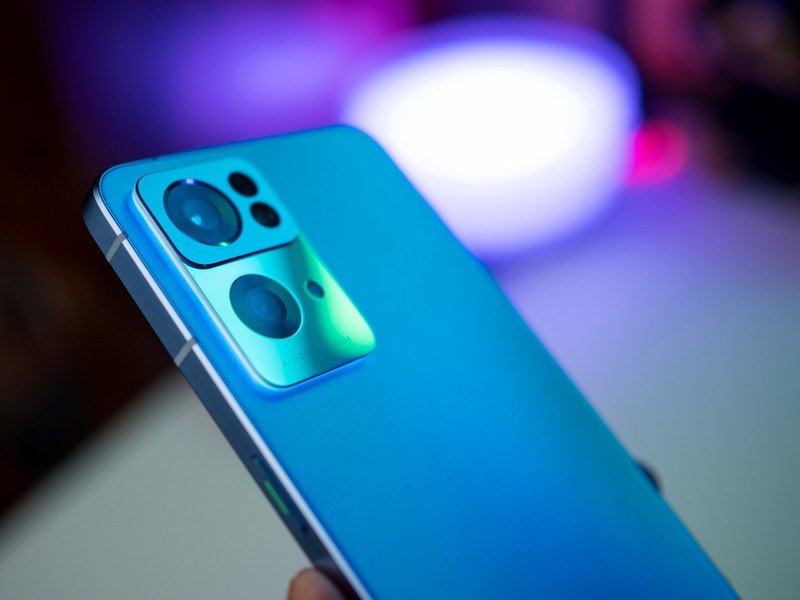
There's a lot of new tech when it comes to the camera side of things, including at the front: the Reno 7 Pro features an all-new 32MP front camera that's using the Sony IMX709. This is an RGBW sensor that was created in collaboration with OPPO, and it may just be one of the best front cameras on a phone today.
As for the back, you get a 50MP Sony IMX766 lens that we've already seen on the likes of the OnePlus 9, 9 Pro, and 9RT. This is a known quantity, and it's joined by an 8MP wide-angle lens and a 2MP macro module. There's no OIS here, but the sensor does a decent enough job in its own right, and the new tuning algorithms combined with the AI-assisted features on the Dimensity 1200 Max create enough of a differentiation.
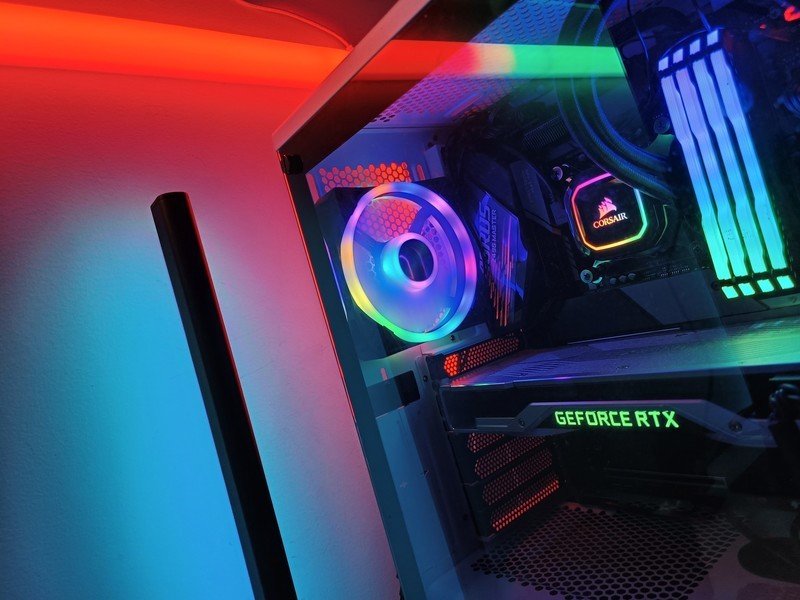
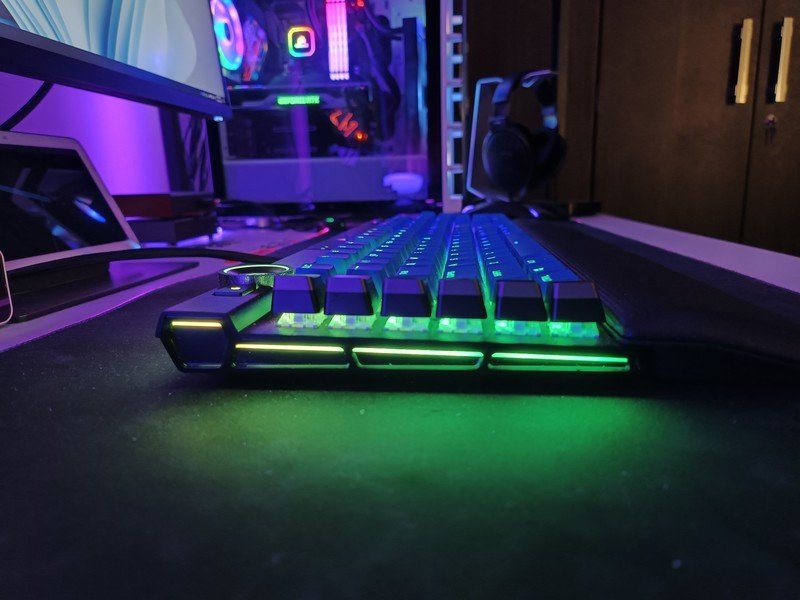


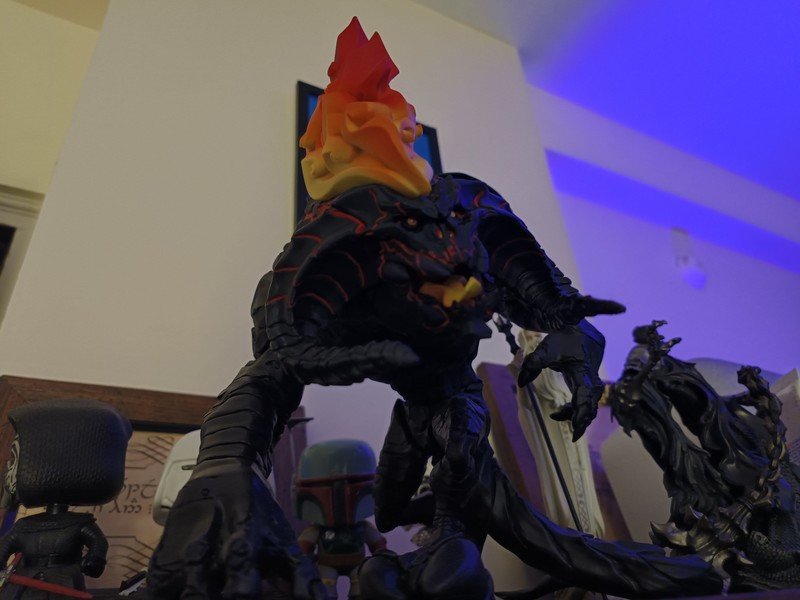

Shots taken in daylight are outstanding, with plenty of detail, great dynamic range, and accurate colors. There's the ability to take full-res images, auto HDR is enabled by default and does a great job in any lighting scenario, and the AI-backed scene optimizer tweaks colors based on the subject.
The camera holds its own for low-light shots as well, delivering vibrant photos and minimal noise. Night mode also makes a difference here, but there is a noticeable delay before a photo is saved to the gallery. Portrait shots taken with the 50MP lens look great as well— you get with good segmentation, and it'll even create artificial bokeh if you have light sources in the background.
Thanks to the new 32MP sensor, the Reno 7 Pro does a fantastic job with selfies. There's a wide mode built-in, and the phone automatically switches to a wider angle when there's more than one subject in the frame — similar to what Samsung does on its phones. However, the 8MP wide-angle camera is a letdown, with resultant photos not offering the same color balance as the 50MP lens.
Overall, the Reno 7 Pro is pretty good in this area, but that has been true for its predecessors as well. The focus is clearly on the selfie camera, portrait mode, and video recording, so if you take a lot of selfies and intend to shoot video with your phone, you'll find a lot to like in the Reno 7 Pro.
OPPO Reno 7 Pro Software
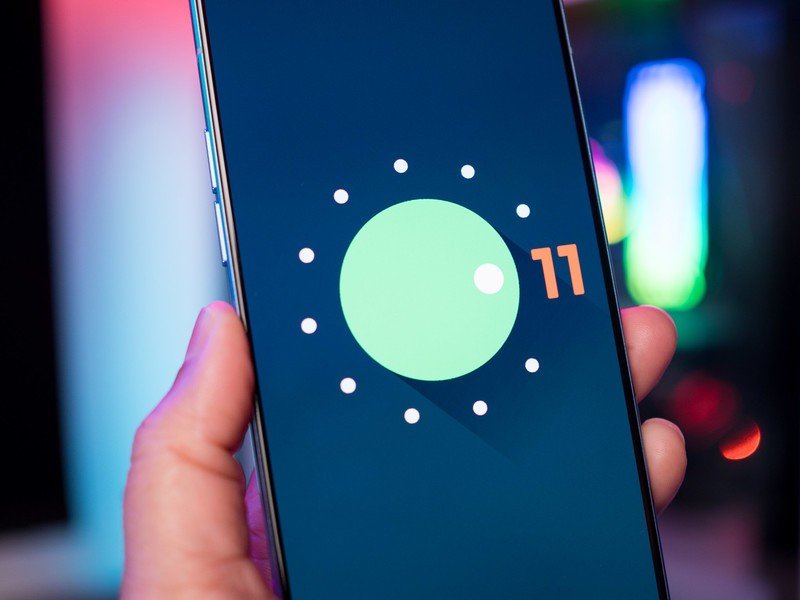
The Reno 7 Pro runs ColorOS 12 out of the box, but before you get too excited, it's based on Android 11. There's no word on when the phone will get Android 12, and although it will receive three platform updates, one of those will be for Android 12 — the version it should have launched with in the first place.
The Reno 7 Pro will get two fewer Android version updates than the S21 FE.
I used a lot of new phones in 2022 that ran Android 11 out of the box, but the Reno 7 Pro isn't a budget model. It's being positioned as an alternative to the S21 FE, and it falls woefully short on the software front; that much was made evident during the Galaxy S22 launch event as Samsung announced its flagships and select mid-range phones will get four platform updates and five years of security patches.
That means the S21 FE will receive the Android 16 update, while the Reno 7 Pro will only go up to Android 14. I don't understand the strategy behind the phone launching with Android 11 out of the box because ColorOS itself was built for Android 12.
That said, you do get most of the new features that were introduced in ColorOS 12; there's a modern UI with less clutter, floating windows that scale easily across the screen, 3D emojis, a connectivity feature that lets you receive notifications and transfer content between the phone and a Windows notebook (there aren't any plans to build a macOS client), and more customization options.
I like the direction ColorOS is heading in, but the Reno 7 Pro should have launched with Android 12 out of the box because it misses out on the core features like a privacy dashboard and recording indicators. And with no mention of when the update will roll out, you're in for a long wait.
OPPO Reno 7 Pro The competition
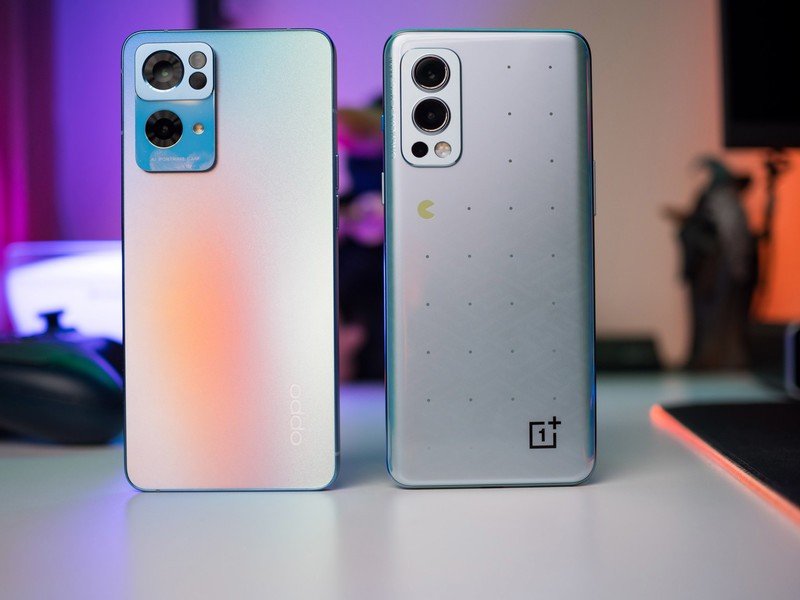
The OnePlus Nord 2 continues to be one of the best Android phones in this category, and a lot of that has to do with the hardware on offer. It has the same Dimensity 1200 chipset as the Reno 7 Pro, an identical 90Hz AMOLED display, svelte design, same 4500mAh battery with 65W fast charging, and great cameras. It is limited to two platform updates, so it won't see Android 14, but with the 12GB/256GB edition coming in at just ₹31,999 ($428), you're getting a much better value.
The Realme GT is a stellar overall choice to consider. The 12GB/256GB version of the phone is available for ₹38,999 ($522), and you get the much more powerful Snapdragon 888, 120Hz AMOLED panel, 64MP camera that takes good photos in any lighting conditions, and the same 4500mAh battery with 65W fast charging.
OPPO Reno 7 Pro Should you buy?
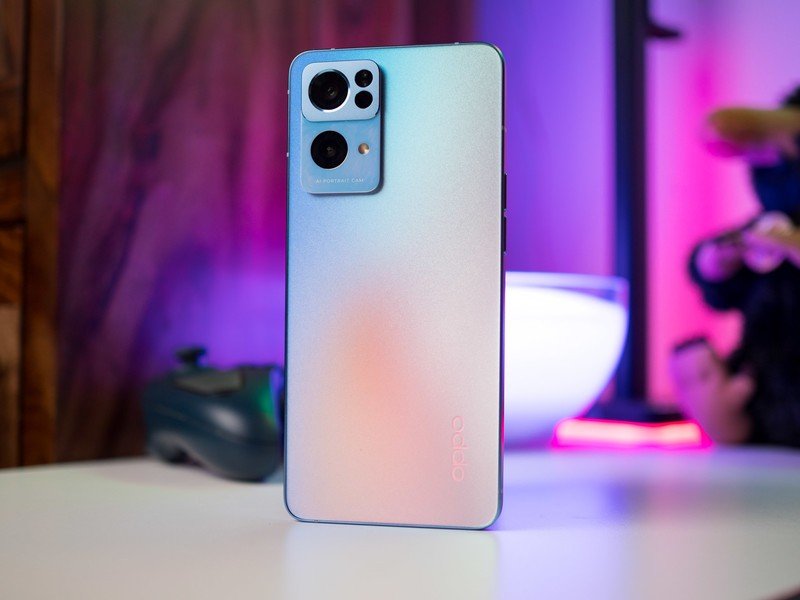
You should buy this if ...
- You want a phone with a good 90Hz AMOLED screen
- You're interested in taking selfies
- You want bokeh when shooting videos
You should not buy this if ...
- You need wireless charging
- You're looking for dust and water resistance
- You want a phone with the latest version of Android
- You need the absolute best hardware
In a vacuum, the Reno 7 Pro gets a lot right. It is debuting at the same price as its predecessor and offering double the amount of storage and stereo sound. The cameras are also quite good, and the front 32MP module is a great choice if you're one to take a lot of selfies.
3 out of 5
But with so many excellent options available in this segment, any shortcomings can put a phone at a disadvantage. And the Reno 7 Pro isn't short of those: it's still on Android 11 with no clear path to Android 12, it lacks IP68 and wireless charging, and the design isn't to everyone's tastes.
If you need a phone for selfies and AI-assisted bokeh and don't care about the missing features, you'll like the Reno 7 Pro. But I get the feeling that OPPO played it safe by not changing too much with the phone, and that ultimately is a letdown. That's why for my money, I'd just get the Nord 2.
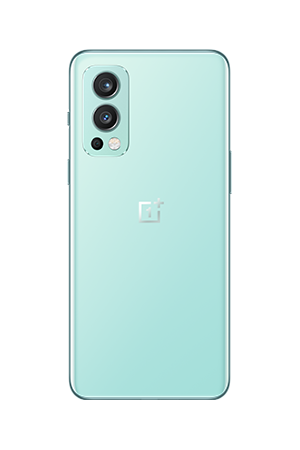
OnePlus Nord 2
Bottom line: The Nord 2 continues to be the phone to beat in this category, and that's down to its robust hardware combined with the value on offer. It shares a lot of similarities to the Reno 7 Pro, and while its cameras don't quite deliver the same caliber of shots, it is a better all-around option.

Harish Jonnalagadda is Android Central's Senior Editor overseeing mobile coverage. In his current role, he leads the site's coverage of Chinese phone brands, networking products, and AV gear. He has been testing phones for over a decade, and has extensive experience in mobile hardware and the global semiconductor industry. Contact him on Twitter at @chunkynerd.
